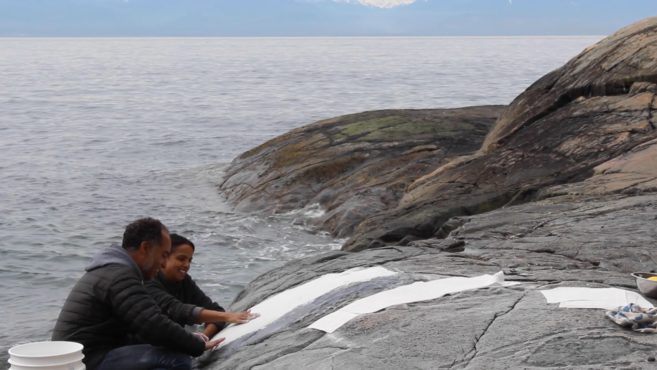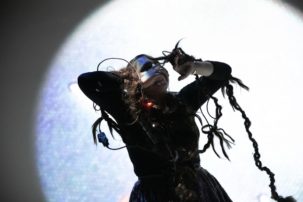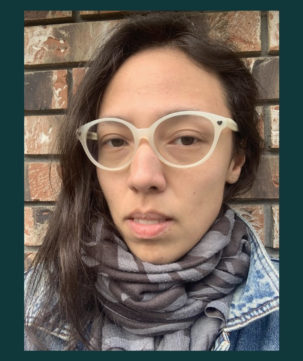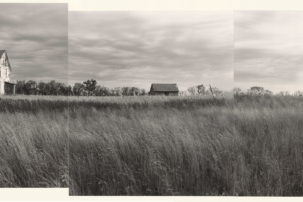Not many other Canadian creators—at least in my opinion—have worked in the breadth of forms that Director X has.
In 2016, this Brampton-raised maker installed Death of the Sun—a 14-metre-wide glowing, changing sphere—at Toronto’s City Hall during Nuit Blanche, completely transforming that public space.
In 2015, X’s feature film Across the Line shone an unprecedented, and much needed, cinematic spotlight on very real incidents of racism that took place at Halifax’s Cole Harbour High School in 1989.
There’s also, of course, the fact that from the 1990s to the present day X has directed more than 100 music videos—many of them iconic. This includes Drake’s Hotline Bling, a hot take on James Turrell–esque lightworks, that has racked up 1.5 billion views on Youtube since 2016.
With yet another new creative project in development for the Art Gallery of Ontario’s Massive Party this month, Director X took a few minutes to talk about the wide array of influences that shape his practice.
Q: I read that as a kid you wanted to be a comic book artist. What comic books—or other art—inspired you when you were young?
A: I was really into the X-Men and X-Factor. I collected comics for the art first, and then read them later. I think X-Men had the best artists. Walt Simonson, Dan Green and Marc Silvestri are some of the top ones for me.
My sister was really into fashion photography, and she had a Herb Ritts book floating around that I got into. She was always tearing out images of fashion from different books and magazines. I think I still have her Herb Ritts book, actually.
My father used to take us out to animation festivals. He did that a lot.
Q: And now, in the present day, what artists and artworks would you say are most influential to you? Or: what artworks have you seen recently that really struck you?
A: Well, what I like a lot about this day and age is that I can follow a lot of artists on Instagram, and I can discover people there [more directly]—as opposed to getting art only after it has been through a system, like getting it through a gallery.
There is a lot of stuff that I follow: a lot of architecture, a lot of comic-book art, a lot of style, a lot of painters and photographers.
Some of the artists I follow are really talented and really interesting, and their pages have maybe thirty thousand followers. I also follow a couple of National Geographic photographers—probably pound for pound the most popular photographers in the world, more than 1 million followers each.
On my saves, there’s a wide variety of interesting creativity, like fashion designers I’m interested in, or collage art—I didn’t know collage art was such a thing, but obviously people are really into it! Ha. I like what is happening with the world and technology: if you tailor it to your own artistic interests, you can get into an amazing flow.
So that’s the whole deal: I’ve never been on the scene. I don’t know who the hot new cat is. I’m not in the know of the art world. I can’t do that dance: “the art-world dance.”
But I do know what resonates. And that’s important for me, because in my art, the things that I do, they have to resonate.
That’s what music-video culture is: it resonates to an audience. My work goes right to the consumer. There’s no buffer.
So that’s my art world: I don’t have names for you, but I do have technology. I’ll take my influences where I can.
Q: I hear you. You’ve worked at many scales, from large public installations to feature films in the cinema to, again, those music videos millions of people stream on the small screen of their phones. How do you manage working across these different scales?
A: I take the opportunities that come before me. A lot of these things happened because someone asked me if I wanted to do it, and I said, “Yeah, let’s do it.” And away we go.
Q: You travel a lot for work. Are there ever any art galleries in particular you do like to visit here or elsewhere? Or other ways, besides Instagram, you keep the creative cup filled? Do you ever just go see a movie, for instance?
A: Yeah, for sure. I really do try to go out and be a part of it all, too. You can’t live in a bubble—you have to go out and be amongst.
If I’m in Toronto, I like to go to the AGO. The fifth floor of the MoMA in New York is like an art textbook come to life. So there’s that!
Q: I want to ask you about something that’s a problem for a lot of artists: How do you deal with bad reviews, failure or criticism? I read that you felt one of your early videos for Tracey Lee was a failure—but you learned from it.
A: I mean, you’ve just got to keep going. There is no real choice: you just have to move forward.
Also: You should be your own worst critic, is my opinion, personally.
If someone is saying your art isn’t so good, you should have beat them to that punch way before they did. I think that’s important.
Q: What would you like to do next, creatively speaking?
A: Right now, it’s filmmaking—moving on to the next project. Filmmaking: that’s my job, that’s where the focus goes.
But I also am into making something more that’s more than just flash—which art is supposed to do, too. It’s got to be something more than just nice to look at.
Q: Early on, you did a lot of self-education about filmmaking through reading books and through practice—as you said, “you keep going.” What other advice, if any, would you have for emerging creators?
A: Work. The one thing I always say is, “Go out and do it.”
And if you are looking to get in, know that we all have to find our own process. I can’t say that what will work for me will work for the next person. But for me, it’s a lot about immersing myself.
This interview has been edited and condensed.

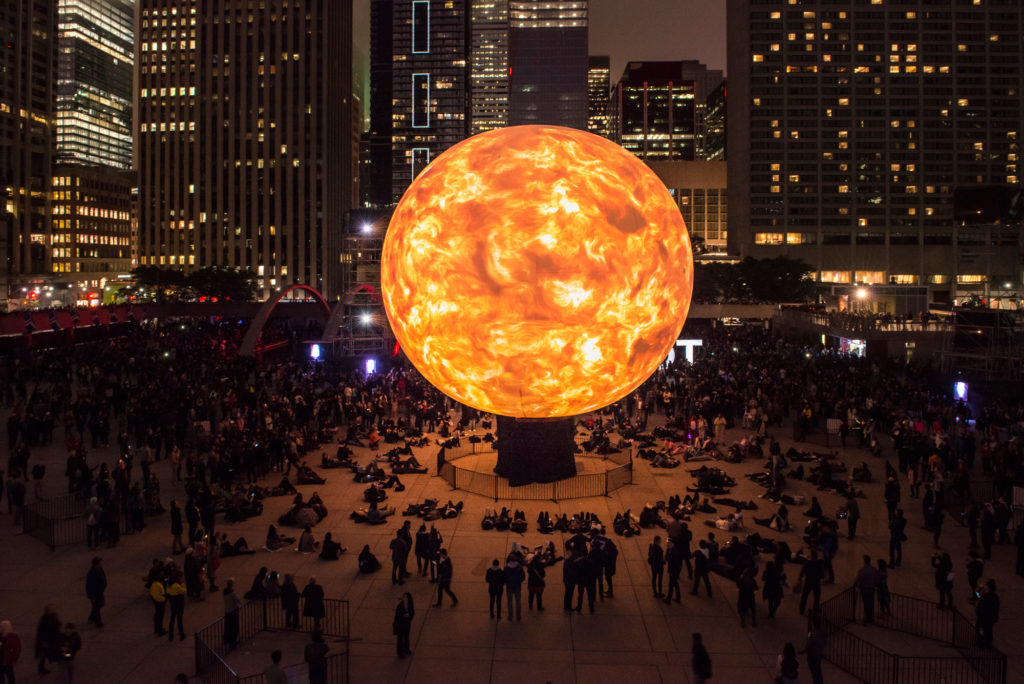 Director X's Death of the Sun formed the centre of Toronto's Nuit Blanche in Nathan Phillips Square in 2016. Photo: Ben Roffelsen.
Director X's Death of the Sun formed the centre of Toronto's Nuit Blanche in Nathan Phillips Square in 2016. Photo: Ben Roffelsen.
